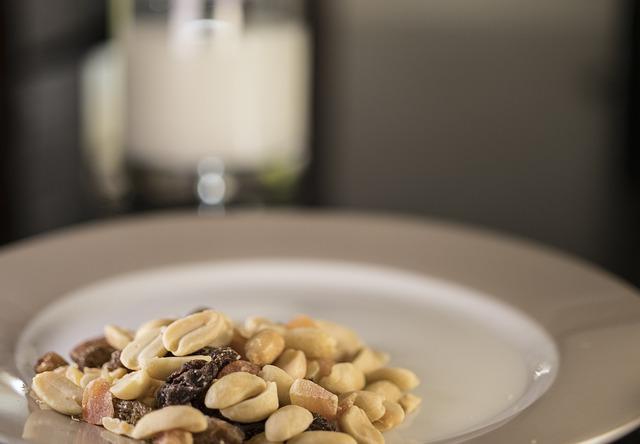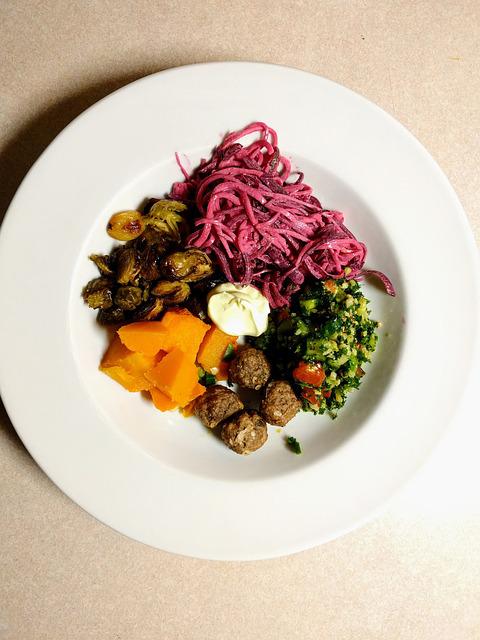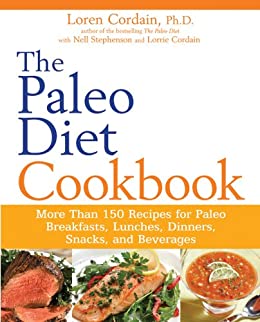
Paleo is a diet that emphasizes eating the same foods our ancestors ate. This diet includes foods such as bananas with almond butter, dried pumpkin seeds, and apricots. It is also filled with chicken, sweet potatoes, and vegetables. EatingWell recognizes the importance of certain foods, even though the paleo diet can seem restrictive. Here's a discussion on which foods you can eat while still following a healthy eating plan.
Pola Makanan paleolithic womanusia
Christina Warinner, Ph.D., studied pola makan manusia purba and mitos-mitos pola makanan paleolithic manusia in 2010. She says that manusia Paleolithic ate a lot of meat and consumed a lot of daging. This myth was believed by many paleolithic people but is now considered obsolete and irrelevant.
The diet of the paleo, also known by the diet of manusia ga, allows you to eat the same food as manusia guma used to eat. They not only improve their kesehatan but also help to preserve their heritage. This diet isn't for everyone. This diet is not suitable for everyone and is only recommended for a small number of people.
The Ramasokat lukisan includes two types of Kelompokan: the ceruk and the lukisan. They were found in the Liabalano and Sulawesi Tenggara areas. The lukisan gua consists of a mixture protein, fat, and carbohydrate. These nutrients support healthy living, and may even help us understand the nuances of human evolution.

Modern humans have many advantages, but there are also some risks. People who eat foods richer in nutrients like those found in Paleolithic Era have a higher risk of developing diseases. A healthy diet will reduce your risk of developing diseases. Clean Eating can help you eat healthier. Eating this way has obvious benefits. A low-fat diet can improve your health and prevent you from becoming sick.
Foods that are allowed on a paleolithic diet
Many foods found in processed food contain added sugars, vegetable oils, and artificial sweeteners, which can be detrimental to your health. Excess salt and refined sugars contribute to obesity, and the high amounts of salt can lead to heart disease. Vegetable oils have also been controversial. The American Heart Association recommends using corn or safflower oil to replace canola. These oils contain high amounts of omega-6 fat acids.
Some commercial paleo diets limit dairy products to a minimum. Others have more strict restrictions. Among the foods allowed on a paleolithic menu diet are lean pork loin, roasted chicken with onion and carrot stuffing, and steamed broccoli. Other paleo diet plans allow little honey or maple syrup. The benefits of this diet have been supported by scientific research at varying levels.
One thing that paleo fans recommend avoiding are legumes, which contain high levels of phytic acid. These substances can inhibit the absorption essential minerals from the stomach. They may be permitted in some instances. Even though it might be tempting to eat lentils and potatoes, you shouldn't add them to your diet as often or as frequently as you would with other processed foods. It is better to include lots and plenty of fruits & vegetables in your daily food plan.
Guidelines for eating a paleolithic diet
Although the Guidelines for Eating a Paleolithic Diet is very different from the modern diet, they share the same principles. Although the Paleolithic diet was mostly made up of animal products, it also includes a lot of plants and has few restrictions. It is important to remember that your genetic makeup may not allow you to eat this diet. Additionally, the increased meat consumption may be detrimental to your health. If you think that you might benefit from a Paleolithic diet, you should proceed with caution.

Paleolithic diet excludes the most popular food groups, including dairy products. This could put you at risk of nutritional deficiency. In particular, a lack of calcium in the diet can lead to tooth decay, and deficiency in this vital mineral may have detrimental effects on your bones and teeth. Calcium plays an essential role in blood clotting. Whole grains also reduce the risk for stroke, heart disease, and type II diabetes. However, since grains were virtually eliminated, you might be at high risk for calcium deficiency.
There are many guidelines that Paleolithic people should follow when eating. It emphasizes eating healthy foods and nutrient-rich plants. It also limits processed foods. To avoid overdoing it, it is important to carefully follow these guidelines. Keep in mind that every person will have a different paleolithic food plan. It is important for you to know that the Paleolithic Diet is based upon a lifestyle that was popular 10,000 to 12,000 Years ago.
FAQ
How do you store leftovers best?
Tupperware containers work well for leftovers. These containers preserve food freshness and stop odors from developing. They also keep foods warm for longer. You can freeze leftover food in freezer bags. To prevent air from escaping, freeze food in a bag. Once the food is frozen place it in an airtight container, such as a zip lock bag.
How can I be motivated to cook?
Cooking is fun when you share food with family and friends. However, cooking for yourself is much easier than cooking for others. You can be inspired to cook if you try something new. This will allow you to discover new recipes and techniques. It's also possible to use recipes from other cultures in order to broaden your culinary knowledge.
How much does it cost to go to culinary school?
The cost of a culinary school depends on where you are, how much you study, and what program or course you choose. Tuition costs range from $10,000 to $30,000. Most students graduate with about $20,000 in debt. Some programs offer scholarships, grants, or work-study opportunities.
Do I need to buy any ingredients to cook?
There is no need to purchase all the ingredients. Premade sauces can be found in most grocery stores. If you are looking to save money, premade meals may be a good option.
Statistics
- under 10 Kids have been taught that there is special food just for them, and Fiese says that 10 percent of kids will throw a tantrum if they don't get the food they want. (washingtonpost.com)
- The median pay for a chef or head cook is $53,380 per year or $25.66/hour, according to the U.S. Bureau of Labor Statistics (BLS). (learnhowtobecome.org)
- In the United States, the category is estimated at $23.2 billion annually and is growing faster than the market. (washingtonpost.com)
External Links
How To
How to Become a Chef
A career path for chefs is one of the most interesting careers you could choose. This job requires a lot knowledge and skills. It can be difficult to determine what job is best for you. You can start immediately if you are looking to enter this field. You have the option to work in restaurants or hotels, as well as at catering companies. Or you can even learn how to cook. Here are some tips and tricks to help you decide what career path is best for you.
-
Learn to cook! Cooking is something that everyone should master at least once. It is a good idea to start learning how to cook, even if it's not your first language. There are many recipes online that are simple to follow. The only thing you need to remember is that you shouldn't rush yourself when learning new things. Take your time and enjoy the journey.
-
Do you want to become an expert chef? You'll be able develop your personal style and taste, while also learning valuable information. Culinary schools offer many courses, including baking, pastry, meat cutting, and more. They usually require students to attend classes for several years before they graduate. However, if you really wish to become a chef you need to think twice about choosing any school.
-
Work in a restaurant
Working in a restaurant is probably the easiest way to enter the world of chefs. Because they have the opportunity to gain practical experience, most people decide to become chefs. Restaurants look for qualified staff who have previously worked in another field. You should apply for jobs in restaurants if you are interested in becoming a chef.